As an Amazon Associate, I earn from qualifying purchases. In addition, I participate in several other affiliate programs that allow me to earn while I recommend products I love.
Are your cookies dry, cracked or crumbling?
What can you do to make your cookies more moist?
In this guide, we’re talking all about techniques and substitutions in the baking process to make your cookies as moist and delicious as possible.
The level of moistness in a cookie really depends on a few different things, including the actual ingredients, the baking process (and how long it’s baked), and the type of cookie itself.
For example, a shortbread cookie is usually going to be less moist than a sugar cookie, while something like a lace cookie is going to be way less moist than a chocolate chip cookie by design.
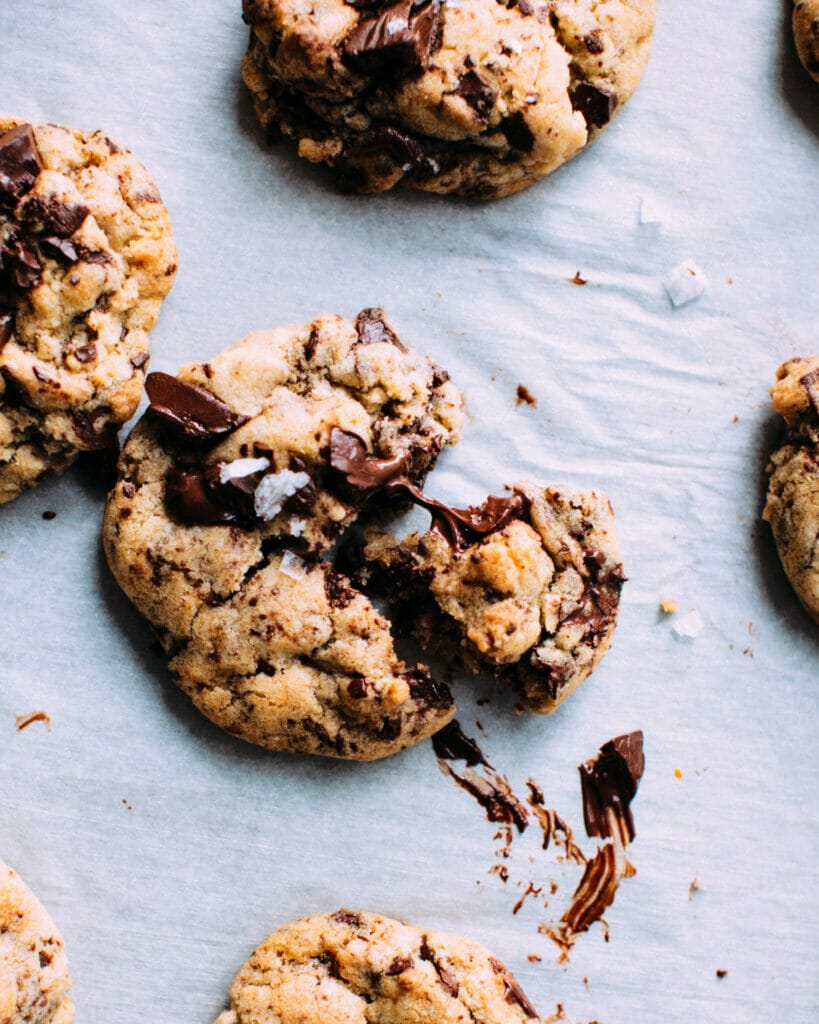
You don’t always want moistness, sometimes you want that hard crunch.
But if you are wanting a soft, moist cookie, and you keep getting dry or hard ones, it’s time to figure out the moisture content and learn how to make cookies that don’t dry out your mouth or break your teeth when biting into.
Our Favorite Quirky Kitchen Gadgets
- Select-A-Spice Auto-Measure Carousel – Get your exact spice amount without measuring spoons with this spice carousel. Simply twist the dial for a perfect 1/4 teaspoon measurement!
- Silicone Utensil Rest with Drip Pad – This utensil rest keeps my countertops neat & drip-free!
- Snap N Strain Pot Strainer and Pasta Strainer – I love this strainer because it fits on all pots and pans while also being compact and easy to use!
- Herb Scissors Set – I use these scissors to cut and mince fresh herbs directly into any dish without the tedious work of cutting each herb or dirtying up a cutting board.
- Knife Sharpener – I love how quirky and nifty this rhino shaped knife sharpener is. It definitely puts the FUN in functional!
1. Try using brown sugar instead of regular sugar

It’s something that a lot of bakers don’t think of, but switching out the kind of sugar can be helpful.
Regular white sugar helps crispen things up, while brown sugar actually holds in more moisture, which will then lead to a more moist cookie.
That’s because brown sugar isn’t just sugar: it actually includes molasses as well, which is really that secret ingredient to adding in the moisture (it’s also why molasses can be added to help produce a soft cookie).
If you really want to go for it, you can totally swap out all of the white sugar in your recipe for an equal amount of brown sugar, but you can also go slower.
Maybe you want more moistness, but don’t want to completely lose any of that white sugar crispness. In this case, use 1/2 of the amount of sugar it calls for as brown sugar, and the other as white sugar.
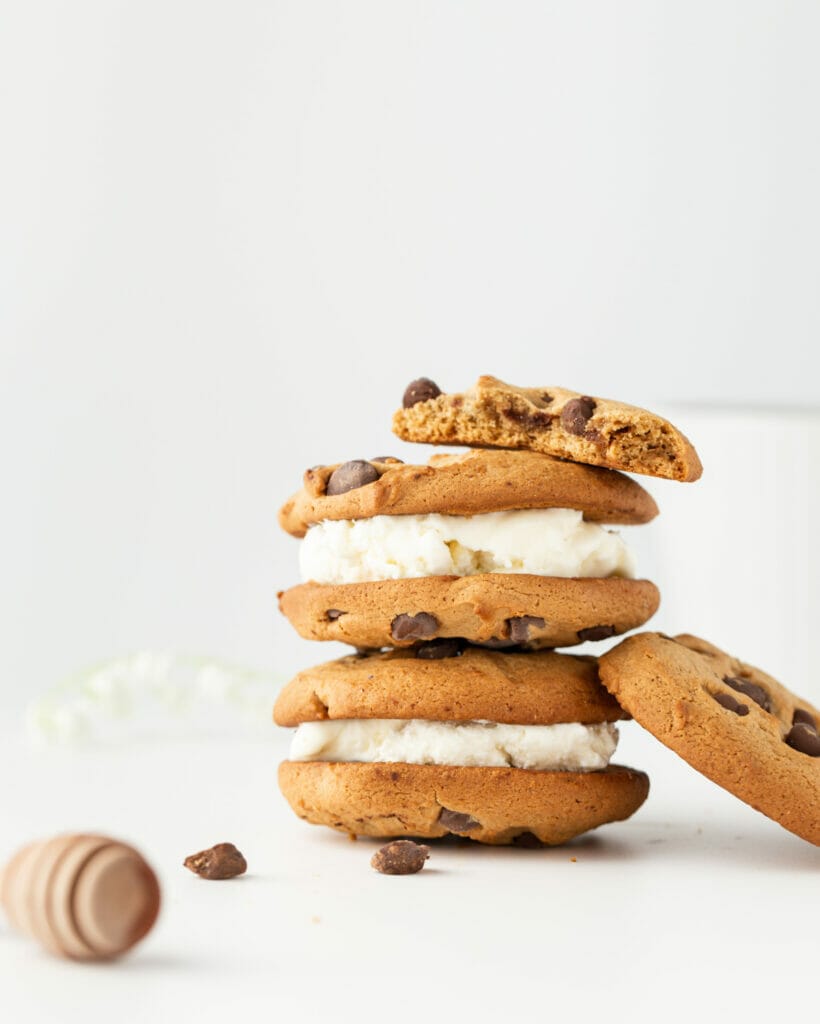
Keep in mind that brown sugar will also change the color of your cookies and make them darker.
Or just switch to a full cookie recipe that uses brown sugar and no white sugar, like any number of chocolate chip cookie recipes if you’re having trouble with another type of cookie coming out dry.
2. Mix-in corn syrup
To make those cookies moist, consider adding a liquid like corn syrup.
If you don’t have corn syrup, you can try golden syrup or if you’re up for a change in the flavor, you can even use maple syrup.
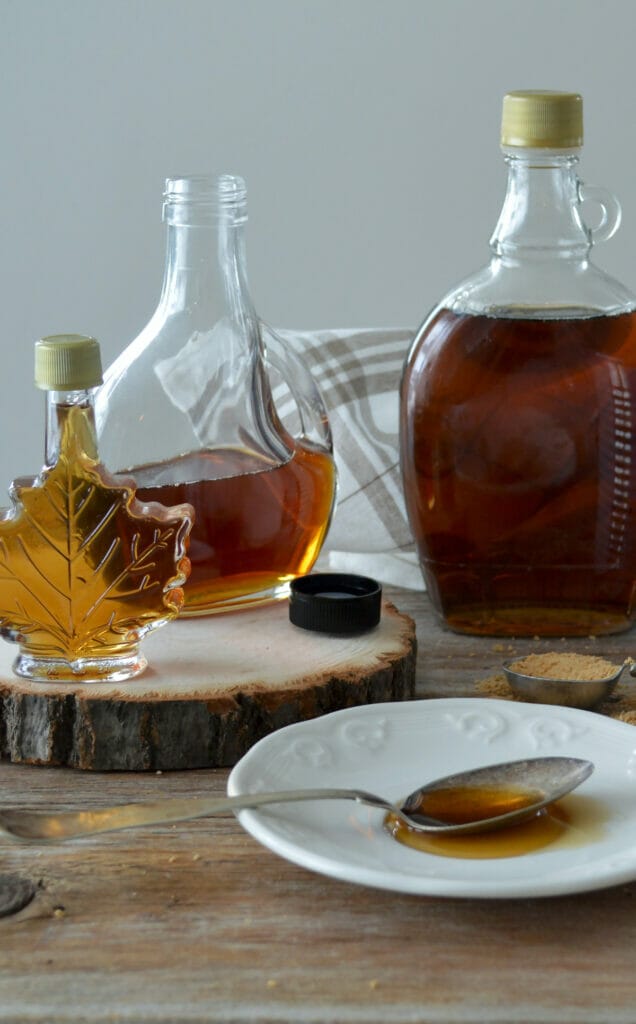
This syrup texture is going to help retain that moisture during the baking process (which is why just adding more water to your dough won’t do it – it will just get baked out).
You don’t need to go overboard, though – start with 1/8th of a cup of corn syrup to your recipe and make a few test batches to find the sweet spot.
3. Try shortening
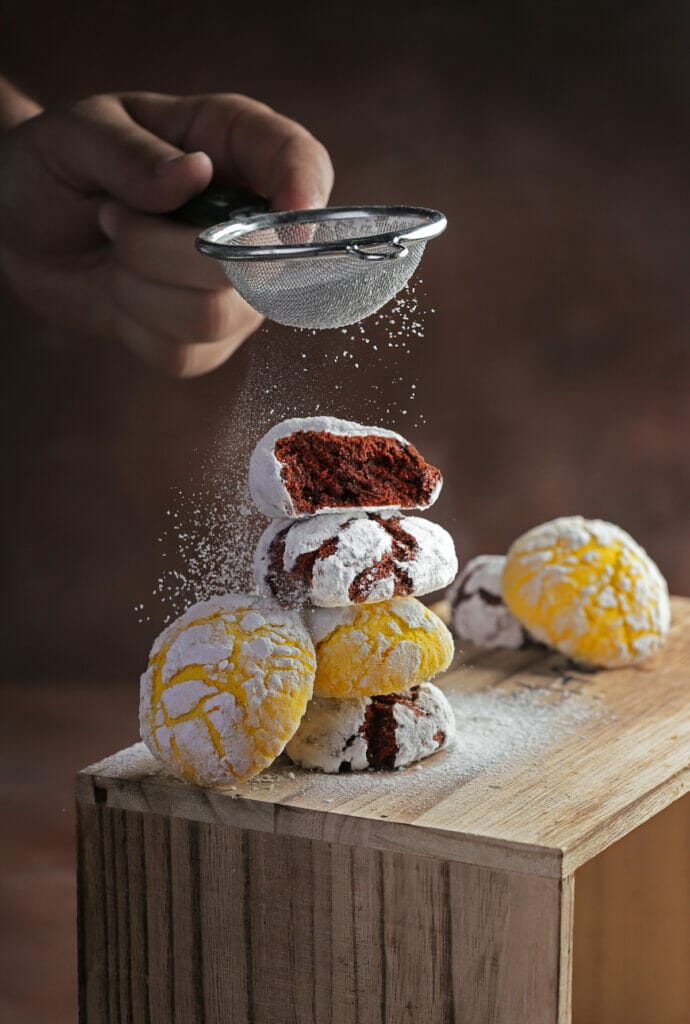
Shortening can be substituted for butter in a recipe if you want to retain more moisture, as shortening will give you more of a cakey texture instead of a flat or crispy cookie.
This is because the shortening doesn’t spread quite like the butter, and when the cookie spreads, it means it crisps up more and can get cooked through faster.
You’re going to end up with very tender cookies if you use shortening, as well as a little bit less flavor than butter (add a pinch of extra salt to try and counteract this).
Like other swaps, you can fully do a 1:1 swap or you can do 1/2 butter and 1/2 shortening in your cookie recipe to help make the cookies moist.
4. Take the cookies out a bit before being done

If your cookies are ending up rock solid and you are struggling with them being too hard or dry, you can try and solve this without even adding anything.
All you need to do is underbake them a little bit by a minute or two, and then let them cool on the baking tray before moving them over (they’ll continue to bake while on a hot baking tray).
Less time in the heat of the oven is going to help them retain more moisture and not dry out so much.
You do want to make sure that they look “set” and not incredibly wobbly in the middle, as you don’t want them actually fully underbaked, but rather just by a minute or so.
They’ll firm up a lot once you take them out of the oven, but should be moist and soft on the inside if you have taken them out at the right time.

You might want to play around with this one with some test batches because your oven and the recipe will impact the cookie baking time.
A general rule to note, though, is that if your cookies have already gone anything past the lightest shade of golden in the oven, it’s likely they may be overbaked as they’ll cool to be much harder and more dry.
So if you want a moist cookie, save them from the heat a bit before they “look” done and they should finish up better on the baking tray.
5. Decrease the amount of flour
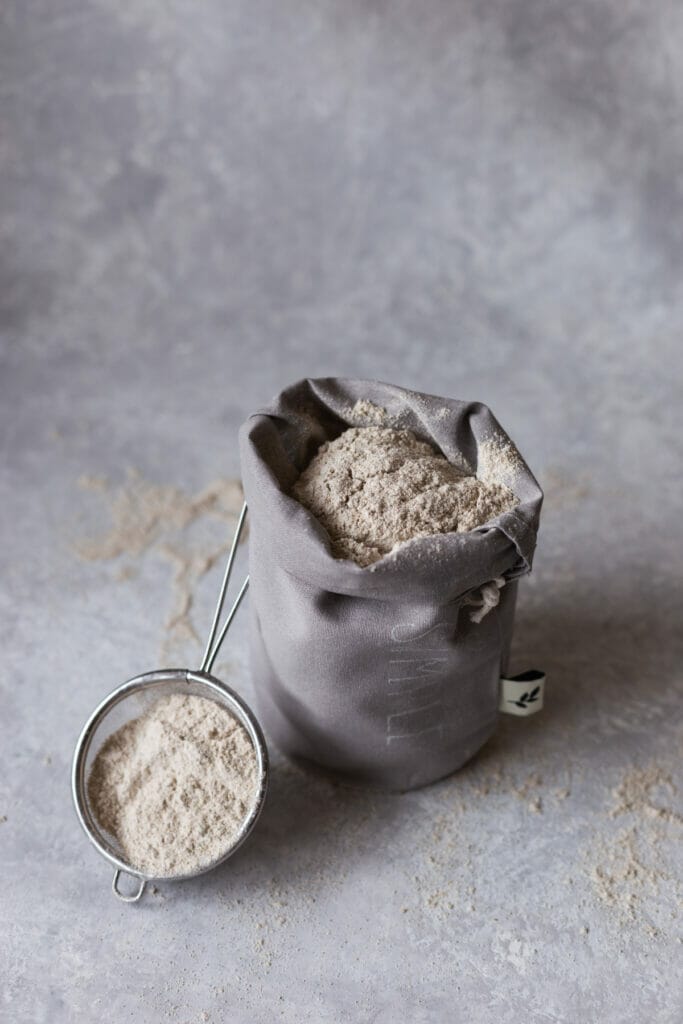
Flour is one of the most obvious culprits in cookies that are too dry.
You’ve probably eaten a cookie with too much flour before and realized that you can mostly only taste the flour and that you’re left with a really dry mouth instead of a moist cookie.
Too much of a dry ingredient isn’t going to give you a soft cookie!
There are a few routes you can go here, depending on your baking level.
Firstly, if you don’t bake often, your first step to make sure that you’re measuring the flour correctly.
The easiest way is to actually use a food scale like this one for more accurate measurements, but if you don’t have one, remember that you should measure flour by fluffing it in the flour bag or jar with a fork, and then scooping individual spoonfuls into your measuring container.
You do not want to measure flour by scooping it out with your measuring cup, because the flour is going to compact and you’re going to end up with more flour than you need.
Once you reach the top of the measuring cup with the spoon method, then level it off with the knife.
If changing your measuring technique doesn’t work, or it’s already correct, then take out a couple of tablespoons of flour per batch of cookies until you get a moister cookie.
6. Increase the amount of sour cream
Yes, seriously!
Sour cream!
It’s likely that your cookie recipe doesn’t already include sour cream, but it can be a genius hack in adding a bunch of moisture to your cookies.
Sour cream isn’t going to change the taste of your cookies so much as it will help them hold their moist structure without making them too soggy.
Many people add sour cream to plain sugar cookies with the best results, but other options to include it in would be crinkle cookies and butter cookies.
If your recipe doesn’t already include sour cream, add just 2 tablespoons to your dough when you add the eggs, and blend in well.
You seriously won’t even notice, except to note how absolutely moist and delicious they are.
7. Try cream cheese
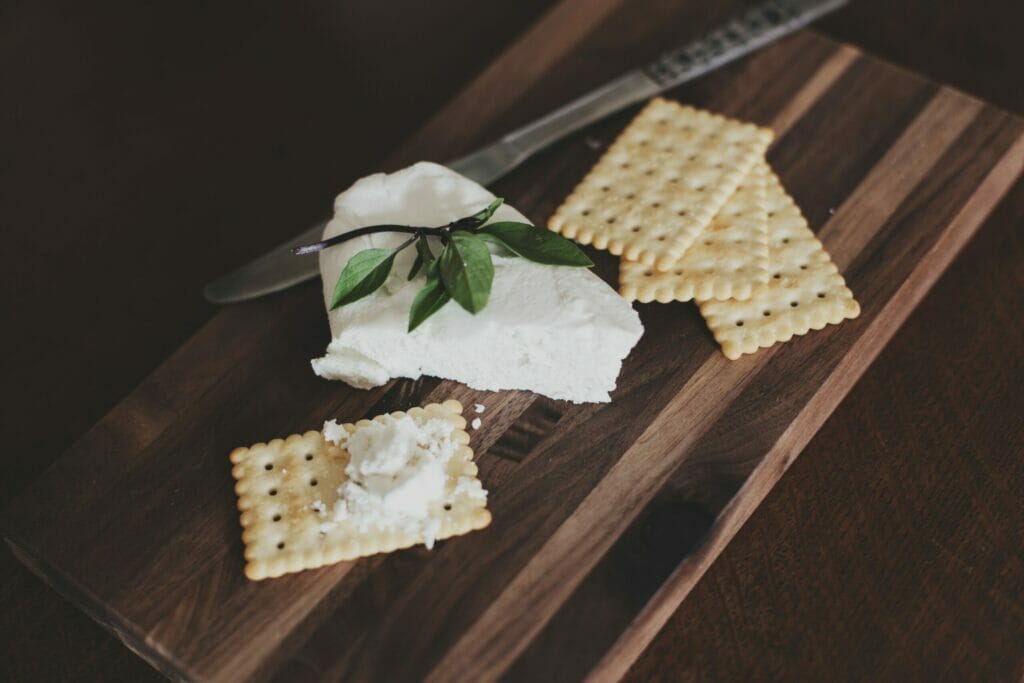
Like sour cream, cream cheese will blend into your other ingredients well and add a level of softness without impacting the flavor necessarily.
It’s a top baking hack (add just a couple of tablespoons if your recipe doesn’t already call for cream cheese) and they will basically melt in your mouth.
There are some recipes that are already formulated to use cream cheese if you’re just looking for some moist cookie options.
8. Use bread – yes, really
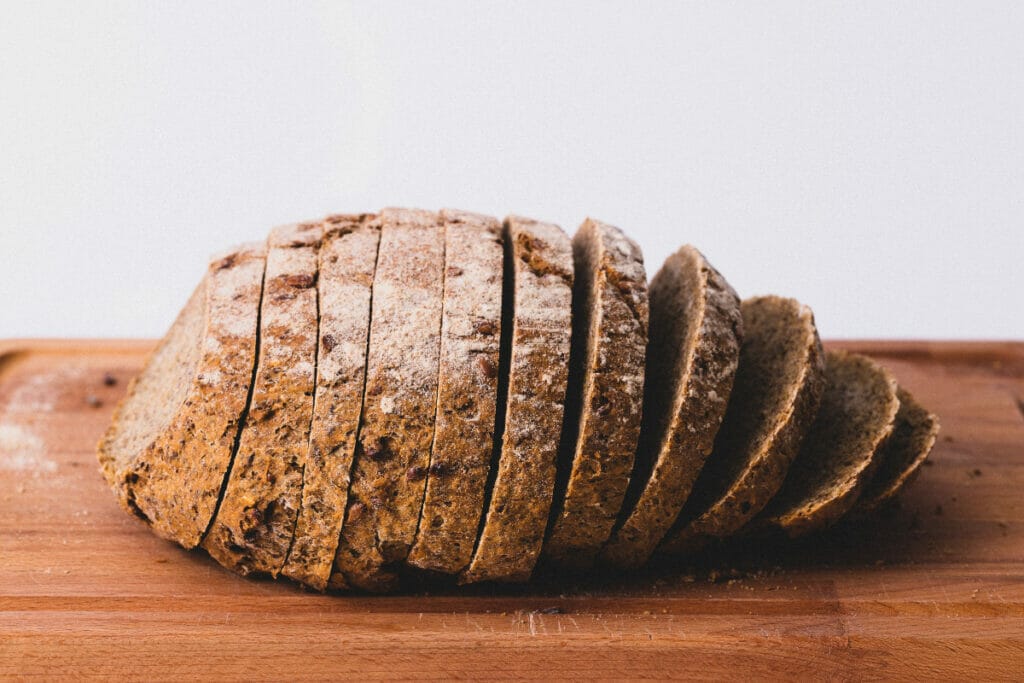
After you’ve made the cookies and there’s not much turning back, it can be easy to think that your dry and hard cookies are a fail.
And while they might not be the perfect batch, you can save them a little by storing them in an airtight container with a slice of fresh white bread.
It sounds bizarre, but the cookies will take in the moisture from the bread and give them a little bit of softness that they didn’t have before.
If you don’t have regular bread, things like tortillas or hamburger or hot dog buns will work (steer clear of breads with a lot of flavor like pumpernickel, though, as this can transfer to your cookies).
9. Add instant pudding mix into the dough
It’s easy: when you’re making your cookies, add an instant pudding mix into the dry ingredients and mix altogether.
You don’t need to do anything extra to the pudding mix – just put it in as the dry, instant pudding mix straight from the little cardboard box it comes in.
It’s basically zero effort, and it will help your cookies be moist and fluffy.
Most cookie recipes will easily adapt to vanilla instant pudding mix, while you should use chocolate instant pudding mix if you’re making chocolate or chocolate chip cookies.
Hey! Want more expert cookie baking hacks? Check these out!
- Exactly how long homemade cookies last
- Can you bake cookies on aluminum foil?
- 7 easy ways to soften hard cookies
- Oops! Burned cookies! Here are 9 ways to fix them
- Help! My cookie dough is crumbly!
- Why are my cookies burnt on the bottom?
- How long does cookie dough last?
- Tips on Making Your Cookies Chewier
- How to avoid cakey cookies
- Exactly how to freeze cookie dough
- How long should you chill cookie dough?
- Help! Too much butter in my cookies!
- Exactly how to bake your frozen cookies
- Can you use salted butter in cookies?
- Expert cookie storage tips
- Help! I’m out of butter – can I still make cookies without butter?
- How to make cookies without vanilla extract
- Help! How to make cookies without brown sugar
- How to use cake flour in cookies
- Help! How do I make cookies without eggs?
- Can you make cookies without baking soda?
- Can you use bread flour in cookies?
- Exactly how to make cookies more puffy
- How to make cookies without baking powder
- How to fix wet and sticky cookie dough
